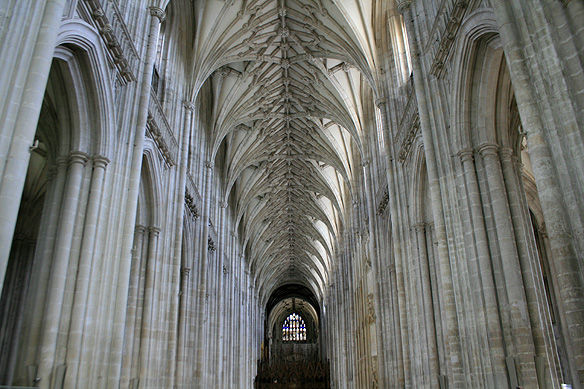Early Saturday morning and all of London seems asleep. The only sounds I hear are that of my running feet on their way to the tube station. It is a good few hours to Wells and Glastonbury. And when you leaving in a few days, oh well, sleeping in on a Saturday morning is the last priority on one’s list. 😀
England’s smallest cathedral city, Wells, derives its name from the three wells within its walled precincts, which during the Middle Ages were believed to have therapeutic qualities. Its other key attraction, for nearly a millennium, has been its cathedral [Cathedral Church of St. Andrew], and understandably so. Continue reading










